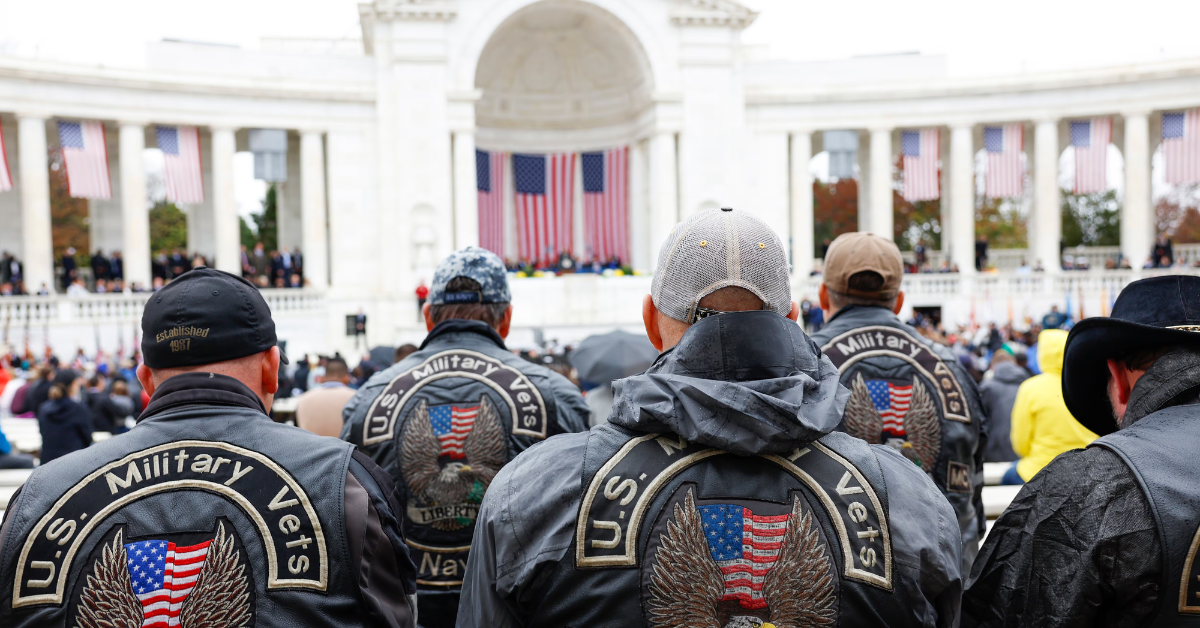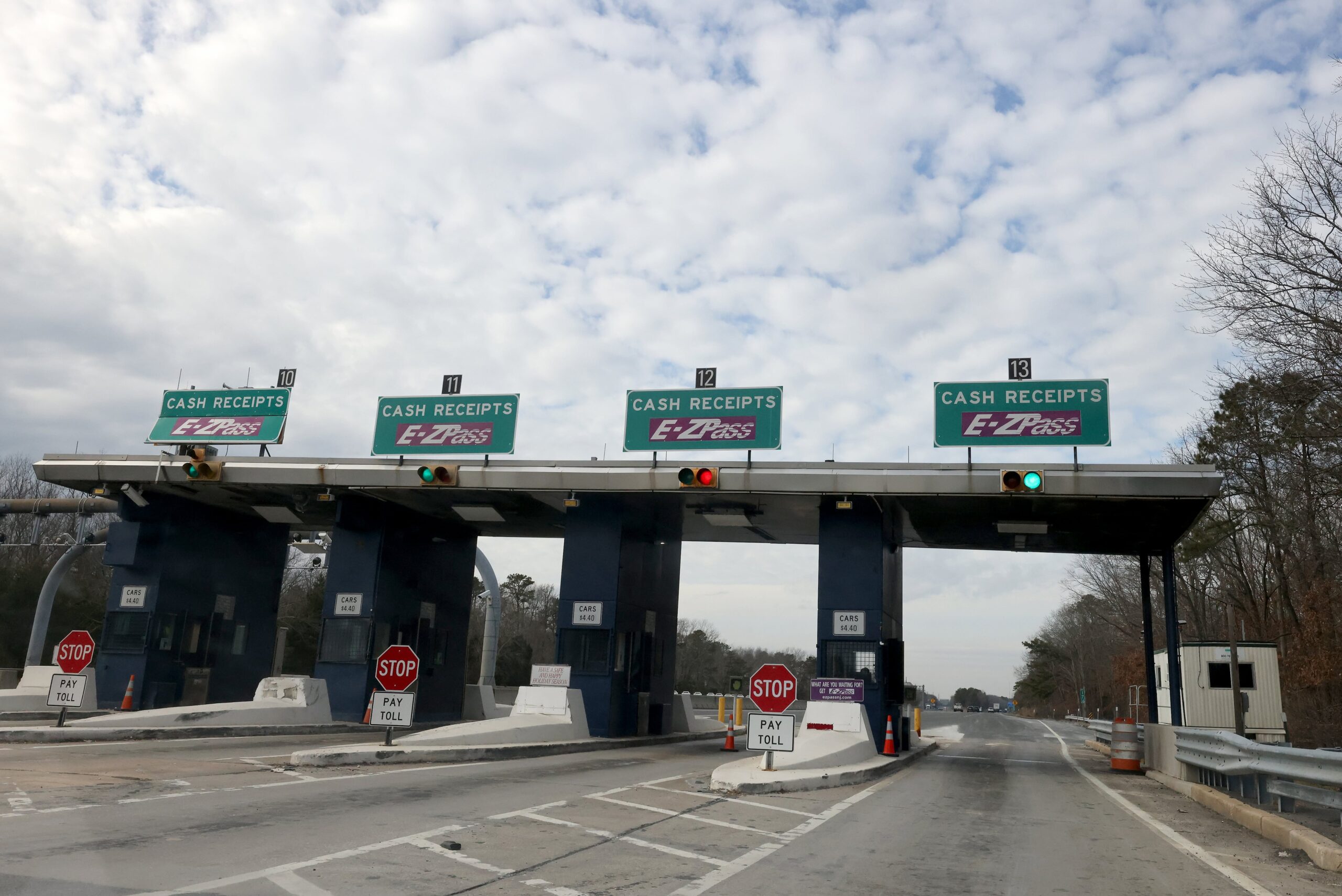More than 60% of recently separated veterans in New York are living with service-connected disabilities, highlighting a growing challenge in providing adequate healthcare, employment opportunities, and social support. While federal and state programs offer assistance, many veterans still struggle to transition into civilian life, particularly when facing physical and mental health conditions that impact their daily lives.
The U.S. Department of Veterans Affairs (VA) defines service-connected disabilities as any injury, illness, or condition sustained or aggravated during active duty. These conditions range from mobility impairments and amputations to post-traumatic stress disorder (PTSD), traumatic brain injuries (TBI), and chronic pain. As the veteran population in New York continues to grow, the need for stronger support systems becomes more urgent.
The Numbers Behind the Issue
According to VA statistics and the U.S. Census Bureau, the number of veterans in New York living with disabilities has increased in recent years. The most common service-connected conditions among these veterans include:
- Musculoskeletal injuries (joint pain, back injuries, amputations)
- Hearing loss and tinnitus
- Post-traumatic stress disorder (PTSD)
- Traumatic brain injuries (TBI)
- Respiratory conditions from toxic exposure
Many veterans receive VA disability compensation, but the amount varies based on the severity rating of their condition. The VA assigns disability ratings from 0% to 100%, determining how much financial support veterans receive monthly. However, not all veterans are aware of their eligibility, leaving many without the full benefits they deserve.
“The transition from military to civilian life can be extremely difficult, especially for those dealing with long-term disabilities,” said a spokesperson from the New York State Division of Veterans’ Services. “We need to ensure that these veterans have access to healthcare, housing, and employment support tailored to their unique needs.”
Challenges Faced by Disabled Veterans
For veterans living with disabilities, adjusting to civilian life presents multiple obstacles. Some of the most pressing issues include:
Limited Access to Healthcare
While the VA New York Harbor Healthcare System provides specialized medical care, many veterans struggle with long wait times and difficulty accessing treatment in rural areas. Despite the expansion of the VA Community Care Program (VA Community Care), which allows veterans to seek care outside the VA network, bureaucracy and slow approval processes often prevent timely treatment.
Mental health care is another major concern. According to the National Alliance on Mental Illness (NAMI), veterans experiencing PTSD, depression, or anxiety often face barriers to treatment, including stigma and a lack of available providers.
Employment Barriers
Finding stable employment is particularly challenging for disabled veterans. While programs like Hire Heroes USA and VA Vocational Rehabilitation and Employment (VR&E) (VR&E Services) offer assistance, many veterans encounter workplace discrimination and a lack of accommodations for their disabilities.
“I wanted to work in law enforcement after my service, but my back injury made it impossible,” said former Marine Sgt. Jason Rivera. “Even jobs that don’t require physical labor sometimes see disabilities as a liability.”
Some companies actively hire veterans, but more must be done to create inclusive work environments that support those with service-connected conditions.
Housing Instability and Homelessness
A concerning number of disabled veterans also experience housing insecurity or homelessness. The U.S. Department of Housing and Urban Development (HUD) and VA have partnered through the HUD-VASH program (HUD-VASH Program) to provide rental assistance and case management services, but rising housing costs in New York make it difficult for veterans to find affordable housing.
Organizations like Soldier On and New York City’s Veterans Housing Initiative work to provide housing support, but the demand often outweighs available resources.
Government and Local Support Efforts
New York has several initiatives designed to help disabled veterans:
- The New York State Veterans Home provides long-term care for severely disabled veterans.
- The Veterans Temporary Assistance Fund offers emergency financial relief.
- The Veterans Crisis Line (Veterans Crisis Line) offers 24/7 mental health support.
Despite these efforts, advocacy groups argue that more funding and policy improvements are necessary to close the gaps in care.
Possible Solutions and the Path Forward
1. Expanding Healthcare Access
Veteran organizations are calling for:
- Increased funding for VA medical centres to reduce wait times.
- Expansion of telehealth services through the VA’s Telehealth Program (VA Telehealth) to reach veterans in rural areas.
- More mental health resources, including hiring additional counsellors and removing bureaucratic barriers.
2. Strengthening Employment Programs
Many organizations recommend:
- Incentives for businesses to hire and accommodate disabled veterans.
- More funding for VA job training programs to help veterans find careers suited to their abilities.
- Better employer education on workplace accommodations for disabled veterans.
3. Addressing Housing Insecurity
To tackle the housing crisis, policymakers suggest:
- Expanding HUD-VASH funding to provide more rental vouchers.
- Building affordable housing projects specifically for disabled veterans.
- Investing in home modification grants for veterans with physical disabilities.
4. Raising Public Awareness
Increasing awareness about available benefits and resources is crucial. Many veterans don’t know what they qualify for, leading them to miss out on financial, medical, and housing assistance.
Conclusion
With over 60% of recently separated New York veterans living with disabilities, addressing their challenges must be a priority. While government programs and nonprofits provide critical support, gaps in healthcare, employment, and housing persist. Expanding services, increasing funding, and improving outreach are essential steps toward ensuring that veterans receive the care and opportunities they deserve.
Disclaimer: This article has been meticulously fact-checked by our team to ensure accuracy and uphold transparency. We strive to deliver trustworthy and dependable content to our readers.








